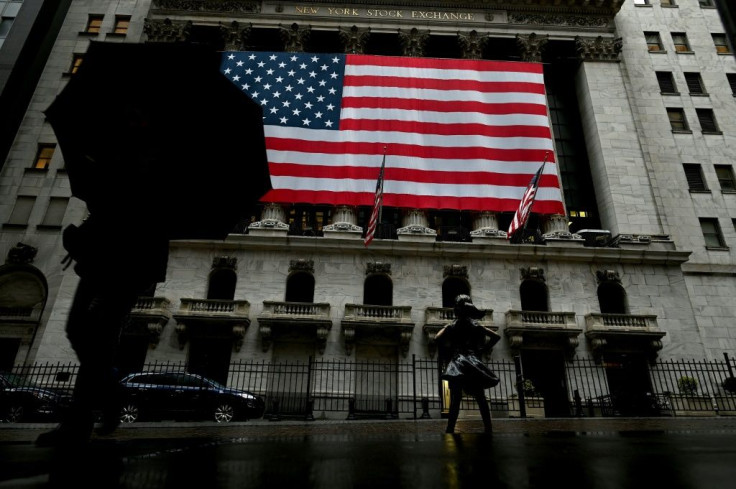Wall Street Rally: How Long Will It Last?
Wall Street staged a strong comeback last week, erasing a big chunk of losses it suffered in the previous weeks. It was a significant relief for investors on the long side of the market.
But is the rally sustainable?
James Demmert, founder and managing partner at Main Street Research, doesn't think the rally has legs.
"We view this as another bear market rally similar to that in late March, which was a 9% advance," he told International Business Times. "In this case, global equities have advanced almost 8%, which was an overdue bounce from a very oversold market. Though there may be some further short-term advance, we foresee another decline ahead which would take the S&P 500 Index down close to 3,500, or 15% from current levels for a total bear market decline of 30% from the highest level in January."
The sustainability of the rally depends on macroeconomic conditions at home and abroad that set the parameters for central bank liquidity policies.
Top on the list of these conditions is inflation, which is soaring worldwide, including in the U.S., where it runs at a 40-year high. As a result, the old villain is turning into a top target for central banks, which have been reversing the accommodating monetary policies of the pandemic era.
"The Fed and other central banks' fight against inflation have just begun," Demmert said. "This is important as it is crippling most personal incomes."
The reversing of central bank policies has made the ultra-low interest rates a thing of the past, even in countries like Germany and Japan, where bond yields have been turning positive.
That isn't a good development for financial markets, including equities. Bond yields are a crucial input in capital asset pricing and discounted cash flow models, which estimate the intrinsic value of financial assets. So higher bond yields lead to lower intrinsic and market values, especially for risky assets that trade on the promise of a big payoff in the distant future.
Next on the list of macroeconomic conditions that influence central bankers and financial markets is economic growth, which has turned negative in the U.S. in the first quarter of 2022, thanks to soaring food and energy prices, which leave little room in family budgets for discretionary items, as recent sales reports from retailers like Walmart and Target confirm.
That isn't a favorable development for equities either. A slowdown in sales hits the top and the bottom lines of economically sensitive companies like retailers, appliance makers and homebuilders, to mention but a few. And the situation could turn worse if the economic slowdown turns into an outright recession.
According to Demmert, equity markets haven't priced in a much slower or recessionary economy quite yet.
"PE ratios are still too high, and even the estimated 'E' is probably too high," he said. "So, in a way, forward P/E ratios are an illusion that investors should be wary of. In addition, volatility indexes such as the VIX haven't reached levels we normally see at market bottoms, and though investor sentiment has been negative, it hasn't yet reached levels seen at previous market bottoms."
Central bankers and financial markets are between a rock and a hard place: rising inflation and interest rates and a slowing economy. As a result, they squeeze equity valuations on both ends and scare away value investors.
Central bankers and markets should cast a wary eye on the Russia-Ukraine war and China's COVID-19 lockdowns, feeding food and energy inflation.
The bottom line: What will make the Wall Street rally sustainable is easing inflation and the recessing of fears of an impending recession.

© Copyright IBTimes 2024. All rights reserved.






















